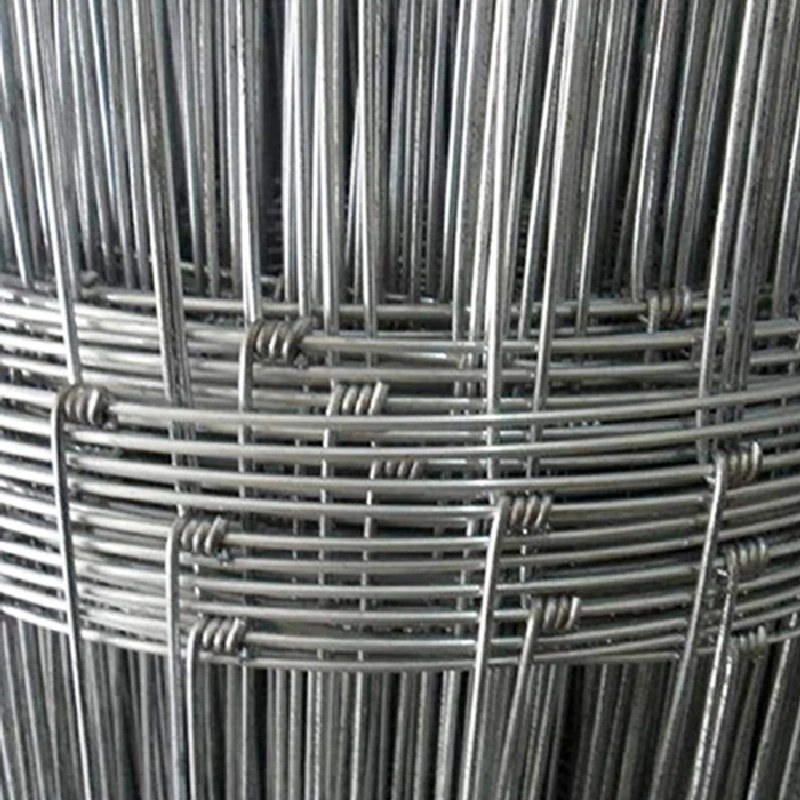Dec . 04, 2024 16:16 Back to list
types of stock fencing
Types of Stock Fencing Ensuring Safety and Security for Livestock
In the world of agriculture and livestock management, fencing plays a crucial role in maintaining the safety and security of animals. Stock fencing not only helps to contain livestock but also protects them from predators and prevents them from wandering into harmful areas. With various types of stock fencing available, farmers and ranchers must choose the right type based on their specific needs and the animals they are raising. This article explores the main types of stock fencing and their respective advantages and disadvantages.
1. Barbed Wire Fencing
Barbed wire fencing is one of the most traditional and widely used types of stock fencing. It consists of two or more strands of wire with barbs at regular intervals. This type of fencing is particularly effective for keeping larger animals such as cattle and horses contained. Barbed wire is relatively inexpensive and easy to install, making it a popular choice among farmers.
However, barbed wire can pose risks to livestock, as the sharp barbs may cause injuries if an animal attempts to push through or gets entangled. Additionally, barbed wire fencing may not be suitable for smaller animals such as sheep or goats, as they can easily slip through the gaps or get caught.
High tensile wire fencing is another effective option, known for its strength and durability. Made from high-strength wire, this type of fencing can withstand a significant amount of tension, making it resistant to sagging and breaking over time. High tensile wire fencing is suitable for a variety of livestock, including cattle, sheep, and goats.
One of the significant advantages of high tensile wire fencing is its versatility. It can be installed with fewer posts, which reduces the overall cost. Moreover, it is less likely to injure livestock compared to barbed wire. However, it requires proper installation techniques to ensure its effectiveness, and regular maintenance is necessary to prevent rust and corrosion.
3. Electric Fencing
Electric fencing is an increasingly popular choice for livestock management. This type of fencing uses electric currents to deter animals from crossing the boundary. Electric fencing can be highly effective for all types of livestock, including cattle, sheep, goats, and horses. It is particularly useful for containing animals that tend to challenge traditional fences.
types of stock fencing

One of the benefits of electric fencing is its ability to create a psychological barrier, as animals learn to associate the electric shock with the fence. Electric fencing is also relatively easy to set up and can be used in conjunction with other types of fences for added security. However, it requires a reliable power source, and regular maintenance is essential to ensure the electrification system remains functional.
4. Stock Net Fencing
Stock net fencing, also known as field fencing or wire netting, consists of a series of vertical and horizontal wires, creating a mesh-like structure. This type of fencing provides good visibility and can be effective for containing smaller breeds of livestock, such as sheep and goats. Stock net fencing can also keep out predators, making it a versatile choice for many farms.
However, one drawback of stock net fencing is its higher initial cost and installation time compared to simpler fencing options. Additionally, it may require more posts for stabilization, leading to increased labor and material costs.
5. Wooden Fencing
Wooden fencing is aesthetically pleasing and can be a strong option for containing livestock. It is durable and provides a clear boundary for animals. Wooden fences are often used in combination with other types of fencing for enhanced security.
The main disadvantages of wooden fencing are its higher cost and potential for rot and decay over time. Regular maintenance, such as staining or sealing, is necessary to extend its lifespan.
Conclusion
Choosing the right type of stock fencing is crucial for successful livestock management. Each type of fencing has its advantages and disadvantages, and the decision will largely depend on the specific needs of the farm and the type of livestock being raised. By considering factors such as cost, durability, and safety, farmers can make informed choices that will ensure the well-being of their animals while safeguarding their investment.
-
Reinforcing Mesh: Core Material of the Construction Industry
NewsJul.07,2025
-
Welded Wire Fabric Reinvented for Modern Projects
NewsJul.04,2025
-
Superiority of Stainless Steel Woven Mesh
NewsJul.04,2025
-
Key Types of Razor Wire and Their Applications
NewsJul.04,2025
-
Durable Metal Fence Types for Security
NewsJul.04,2025
-
Best Materials for Livestock Fence
NewsJul.04,2025
products.







